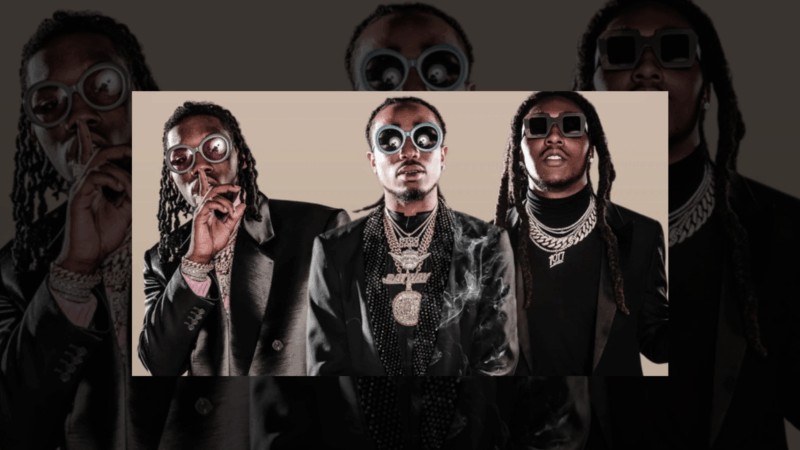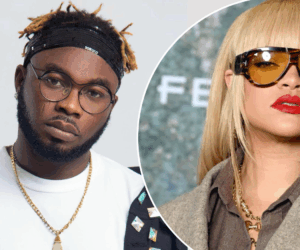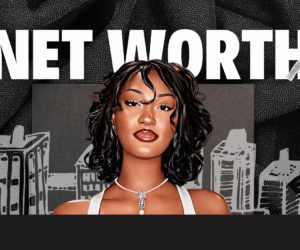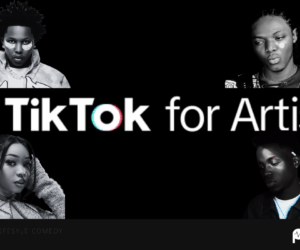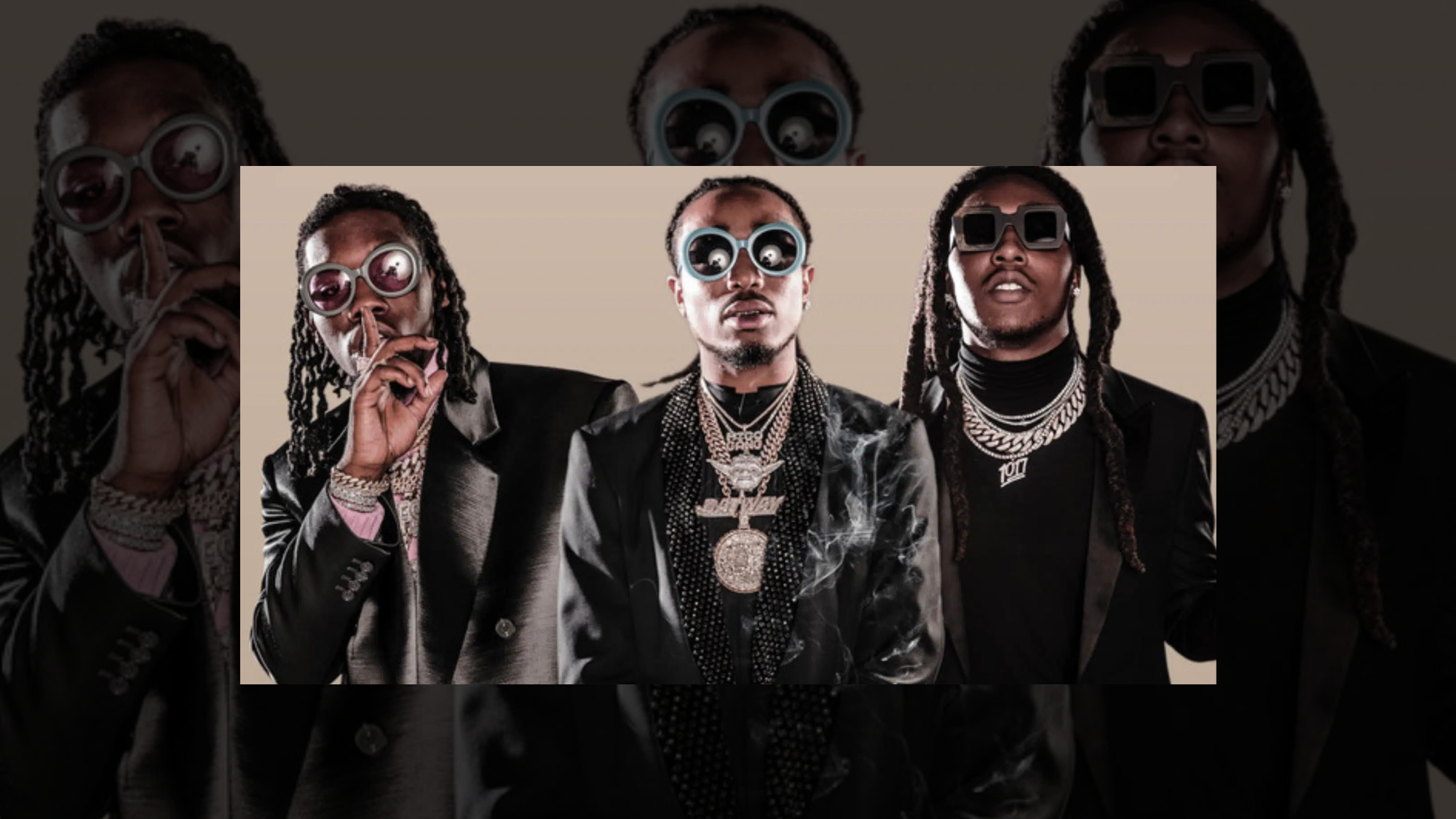
Trap gets thrown around so casually that almost any rap song ends up wearing the label. You hear someone rapping over a beat with drums? That’s trap. A song has a heavy bassline? Trap. A rapper uses autotune? Definitely trap.
But the truth is: trap is its own world; its own sound, its own history, its own culture, and because it shows up everywhere now, it’s easy to think we already understand it. This piece breaks it all down properly.
Where trap actually came from, how it evolved from the 1990s to today, why it resonates, and what really makes a trap song trap.
The Evolution of Trap
Trap started long before it became a global sound. In the early 1990s, Southern rappers used “the trap” to describe real trap houses, places where drugs were sold and survival shaped daily life. The music was raw storytelling, not yet a genre.
That began to change in the late ’90s, when producers in Atlanta, Memphis, and New Orleans started building a darker, drum-heavy sound around those narratives.
Artists like UGK laid some of the earliest groundwork with tracks such as “Cocaine In The Back of the Ride” and “Pocket Full of Stones” (1992).
Master P followed with Mr Ice Cream Man in 1996, pushing the lane further. By the early 2000s, rappers whose lyrics focused heavily on drug dealing and street life were being called trap rappers. T.I.’s Dope Boyz (2001) became one of the defining moments.
The mid-2000s cemented it. Young Jeezy, Gucci Mane, Boosie Badazz, Young Dolph, Lil Wayne, and Rick Ross turned trap into a mainstream force. Then came Lex Luger in 2010–2011, whose cinematic 808-heavy style became the blueprint for modern trap and influenced producers like Metro Boomin, Southside, and Sonny Digital.
From there, trap exploded, crossing borders and genres.
Read Also: Blaqbonez Says His Rap Beef Isn’t PR: “It’s Just Building My Own Legacy”
What Makes a Song Trap?
Trap music has a sound you can feel before you even fully understand it. The deep, booming bass thumps in your chest, setting the pace, while fast, ticking drum patterns drive the rhythm forward, giving it this urgent energy.
Over this, melodic sounds (sometimes eerie, cinematic, or haunting) float in the background, created with electronic instruments like keyboards and synthesised strings.
Most times, vocals are smoothed with Auto-Tune to give the singer a clean, futuristic sound that blends perfectly with the hard-hitting beat.
Lyrically, trap tells stories of violence, hustle, ambition, survival, and the pursuit of success, often reflecting street life and the grind of making it against the odds.
Trap vs Rap: What’s the Difference?
People mix them up all the time, but they’re not the same thing. Rap is a style of delivery, the rhyming, the flow, the tempo. An artist can rap on any kind of beat: boom-bap, Afrobeats, drill, trap, anything.
Trap, on the other hand, is a specific type of hip-hop. It has its own sound. The beats are built around heavy 808 bass, sharp hi-hats, and those dark, moody synths. The lyrics usually come from stories about the trap, the real trap houses where drugs were sold and where the early artists came from.
So, you can rap without making trap. But you can’t make Trap without tapping into its signature production and themes.
Subgenres and Global Fusions
Trap has proven remarkably adaptable, giving rise to subgenres and hybrid sounds:
-
Drill: Darker, aggressive beats from Chicago and the UK
-
Latin Trap: Spanish lyrics with reggaeton and dembow rhythms, popularised by artists like Bad Bunny
-
Trap Soul: Trap beats fused with smooth, romantic R&B melodies
-
EDM Trap: Electronic dance energy with trap’s 808-driven backbone
-
Pop Trap: Radio-friendly hooks and collaborations with pop artists
-
Lo-fi Trap: Mellow, atmospheric beats with introspective lyrics
-
K-pop Trap: South Korean artists mixing trap’s sound with K-pop and R&B
-
Trap-metal & Country Trap: Unexpected fusions blending trap’s rhythm with heavy metal or country storytelling
In Nigeria, trap influences Afrobeats, creating hybrid tracks that are local yet global. Artists like Blaqbonez incorporate trap elements into their music, making it relevant and relatable for young listeners chasing success in a fast-moving world.
Trap Culture Beyond Music
Trap can be a lifestyle and a mindset. Fans enjoy trap for its energy and relatability. The music celebrates hustle, ambition, wealth, and street smarts, all themes that resonate with Nigerian youth navigating their own traps, whether in Lagos traffic, markets, or online hustle spaces.
But Trap is not without critics. Its lyrics often reference violence, drugs, and crime, leading some to argue it glamorises negative behaviour. Others see it as a reflection of the realities of marginalised communities, a way to narrate hardship, ambition, and resilience. This tension is part of Trap’s appeal.
Fashion, dance, and social media trends have also grown around trap culture. Streetwear and sneakers, viral TikTok challenges, trap has seeped into how young people express identity and energy.

